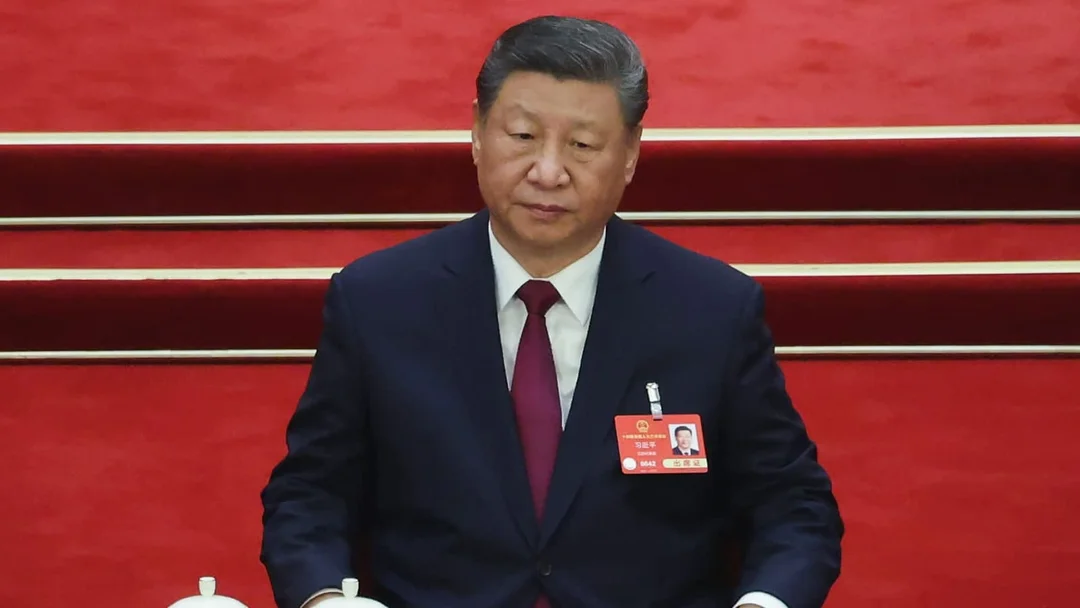
Trump’s Tariffs Shake Global Stock Markets
Former President Donald Trump's recent tariff policies have sent shockwaves through global stock markets, causing significant fluctuations and uncertainty among investors. The tariffs, aimed at protecting American industries, have led to a series of retaliatory measures from other countries, further complicating international trade relations.
According to reports from The New York Times, CNN, Bloomberg, and Reuters, the immediate impact of these tariffs was a sharp decline in stock indices worldwide. Investors are reacting to the unpredictability of the trade environment, with many fearing a potential escalation into a full-blown trade war. The Dow Jones Industrial Average, S&P 500, and Nasdaq all experienced notable drops in the wake of the tariff announcements.
Market analysts are closely monitoring the situation, with some suggesting that the long-term effects could be detrimental to global economic growth. The uncertainty has led to increased volatility, as traders adjust their portfolios in response to the changing trade landscape. The situation remains fluid, with ongoing negotiations and potential policy adjustments expected to influence market trends in the coming weeks.
Related issues news
Does China import from the USA?
China's top imports from the U.S. in 2023 were oilseeds and grains, followed by oil and gas. Oilseeds and grain exports fell by $7 billion from 2022 to 2023, and could fall even more substantially under the current tit-for-tat tariff spat between the U.S. and China.
Does China have tariffs?
China Customs assesses and collects tariffs. Import tariff rates are divided into six categories: general rates, most-favored-nation (MFN) rates, agreement rates, preferential rates, tariff rate quota rates, and provisional rates. As a member of the WTO, imports from the United States are assessed at the MFN rate.
Is the US in a trade war?
An economic conflict between China and the United States has been ongoing since January 2018, when U.S. President Donald Trump began setting tariffs and other trade barriers on China with the goal of forcing it to make changes to what the U.S. says are longstanding unfair trade practices and intellectual property theft ...
When did the China tariff start?
On March 22, 2018, Trump signed a memorandum under the Section 301 of the Trade Act of 1974, instructing the United States Trade Representative (USTR) to apply tariffs of $50 billion on Chinese goods. Trump said the tariffs would be imposed due to Chinese theft of U.S. intellectual property.